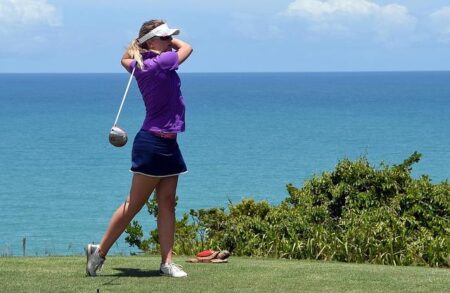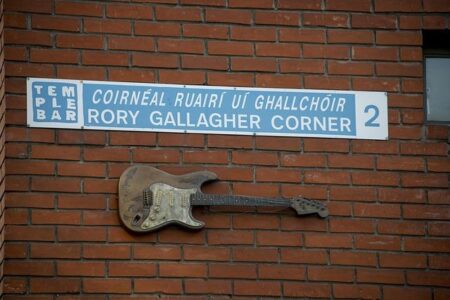Golfers and athletes alike know that a full, powerful swing often hinges on one crucial element: hip mobility. Yet, for many individuals facing limited hip flexibility due to injury, age, or physical conditions, achieving that optimal range of motion can seem out of reach. In today’s feature, we explore practical techniques and expert insights on how to swing fully-even when hip mobility is compromised. From adjusted stances to targeted strengthening exercises, this guide aims to help athletes maintain performance and reduce strain, proving that a restricted hip does not have to mean a restricted game.
Understanding the Impact of Limited Hip Mobility on Your Swing Mechanics
Restricted hip mobility subtly alters the rhythm and flow of your swing, often forcing compensations elsewhere in the body. When hips can’t rotate freely, the shoulders and spine may overwork to generate power, which can lead to inconsistency and injury. Over time, these biomechanical shifts can reduce swing speed and accuracy, posing a significant challenge for golfers and athletes alike aiming for peak performance.
Key consequences of limited hip mobility include:
- Reduced range of motion, limiting turn and coil
- Increased stress on the lower back and knees
- Difficulty maintaining a balanced stance and posture
- Compensatory movements that decrease swing efficiency
| Possible Issue | Impact on Swing | Common Fix |
|---|---|---|
| Limited hip rotation | Flat swing plane | Targeted mobility drills |
| Hip tightness | Early hip firing | Dynamic warm-ups |
| Asymmetrical flexibility | Inconsistent contact | Balanced stretching routine |
Effective Techniques and Exercises to Maximize Power Without Full Hip Rotation
Maximizing power in your swing without relying on full hip rotation demands a strategic focus on alternate body mechanics and targeted strength training. Emphasizing the engagement of the core and lower body muscles can effectively compensate for reduced hip mobility. Exercises such as weighted planks, medicine ball twists, and resisted lateral lunges help build explosive rotational power starting from a more stable base. Additionally, enhancing ankle flexibility and foot stability allows for a stronger ground connection, which acts as the foundation for generating force. Golfers and athletes should also concentrate on maintaining a compact and controlled upper body movement to synchronize with their limited hip drive, ensuring energy is channeled efficiently.
- Core activation drills: Cable rotations, Russian twists
- Lower body strengthening: Step-ups, single-leg squats
- Explosive power work: Medicine ball slams, jump squats
- Mobility focus: Ankle circles, dynamic calf stretches
Integrating these techniques into regular practice can lead to significant improvements. Below is a simple exercise plan designed specifically to boost power output while minimizing hip rotation strain:
| Exercise | Reps | Focus Area |
|---|---|---|
| Medicine Ball Rotational Throws | 3 sets of 10 | Core & explosive power |
| Single-Leg Deadlifts | 3 sets of 8 per leg | Balance & posterior chain |
| Standing Cable Woodchoppers | 3 sets of 12 each side | Obliques & rotation |
| Resisted Lateral Lunges | 3 sets of 10 per side | Hip stability & strength |
To Conclude
In conclusion, while limited hip mobility can pose challenges to achieving a full and effective swing, understanding proper techniques and incorporating targeted exercises can help golfers maximize their performance. By focusing on alternative movement patterns and gradually improving flexibility, players can adapt their swing to their physical capabilities without sacrificing power or accuracy. As research continues to evolve in sports medicine and biomechanics, athletes with mobility restrictions can look forward to more tailored strategies that enable them to remain competitive and enjoy the game to its fullest.








